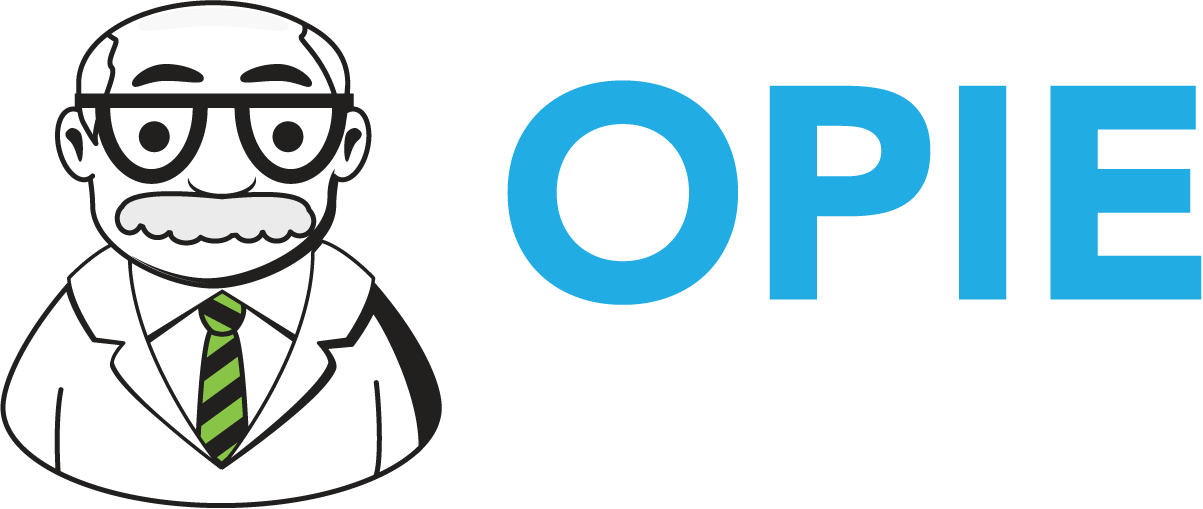Comfortable Ambiguity
Is absolute clarity always the mark of great leadership? Or, in the real world of O&P, is there virtue in ambiguity? I was pondering life with a friend the other day and he used the phrase “comfortable ambiguity” to describe his feelings about some deep philosophical ideas and faith. That hit me really hard and I immediately thought “that’s a blog topic!” John Spence was instrumental as Paul and I began exploring the professionalization of O&P practice management. His insight launched our MasterMind program which gave us invaluable information that has been informing OPIE Software and our education ever since. His blog and the concepts he shared with us have shaped my thinking on leadership, management and operations. One of his themes is that “ambiguity breeds mediocrity” and he asserts that when leaders fail to create clarity, uncertainty takes over, progress stalls, and performance diminishes.
John will say that successful leadership and high-performing organizations start with eliminating ambiguity and creating absolute clarity in every element of business execution. In theory, I agree with the idea. At the same time, reality contains chaos and chaos breaks rigidity. There are times when we can not color outside the lines…when patient safety, legal compliance, or other high-risk activities are underway, we really want to leave nothing to chance. We need specificity, clarity and strict adherence.
On the other hand, sometimes we need freedom to respond to circumstances. Since we can’t anticipate every possible combination or permutation of actions and circumstances, we have to have some ambiguity and we have to be able to “trust the process.” We need to be comfortable with a little ambiguity. As a leader, if you are not comfortable in this space, you are going to be a micromanager. That may work in some areas, but in our line of work, micromanagers will stifle creativity and efficiency. As a leader, ask yourself if you are building an environment where clarity and ambiguity each serve their highest purpose?
Suppose your mission is to “partner with our referral sources to provide superior O&P care to the people in our community.” If you are a member of the team and everything is rigid, you wash your hands of any responsibility. Because we want clarity, we might create a policy that says something like: “To smooth our relationships with referrals, we provide what is prescribed.” That is crystal clear. Let’s say you get a very specific device prescription for a new patient, but based on your evaluation, the prescribed device is not the most appropriate for how the patient presents. In our rigid system, you provide the device as prescribed and you say to yourself, “I followed the rules, I guess I’ll see that patient next after their next operation.”
But what if there was not policy on that? What if your clinicians lived by your mission? It may create “micro-ambiguity,” because a robot might not know what to do. A good leader will trust their people to do the right thing. Big picture clarity allows the freedom to make decisions on the fly.
The fact is, we can’t control everything and some might argue that we really can’t control anything! To be an effective leader, you must establish clarity of goals. And to beat my dead horse, you hire people who are philosophically aligned with you. If their moral compass and yours are not in agreement, there will be massive trouble. Beyond philosophical alignment, we need clarity of mission and finally, we need to know what success means. Beyond that, we need to be able to trust people to do “the right thing.” It is in this space of comfortable ambiguity that we thrive, grow, learn, adapt, and create amazing success.
As a leader, does your team ask you about every detail? Or worse yet, rigidly follow the rules to a detrimental outcome? If so, you may not have created that essential space. As a staff person, do you feel like your initiative is stifled? Do you feel like a robot in a machine?
I see ambiguity not as a weakness but as a hallmark of adaptive, empowered teams. As such, It is incumbent upon leadership to establish the corporate guardrails and it is incumbent upon the staff to understand and internalize those guardrails. But them you should feel free to fly down the highway. Maybe we don’t know what is exactly around the corner, but we know how to steer. You have the top down (or up…who cares?) you have the wind in your hair and the sun on your face (or not) and you are heading the right direction. You are in your space of comfortable ambiguity and you (and the business) are thriving!

